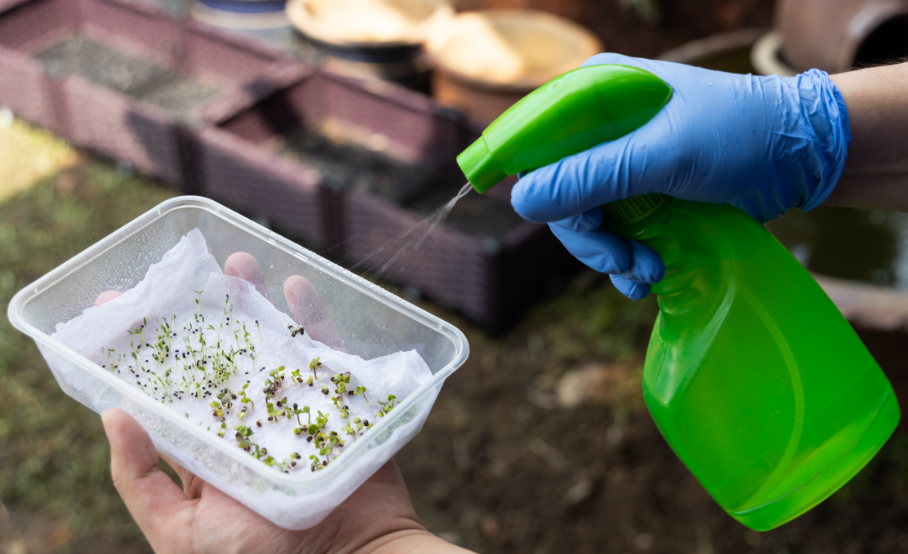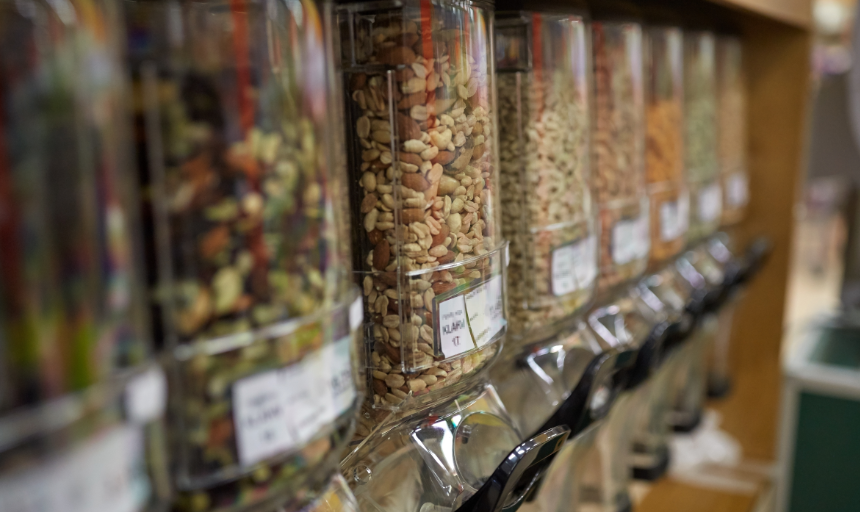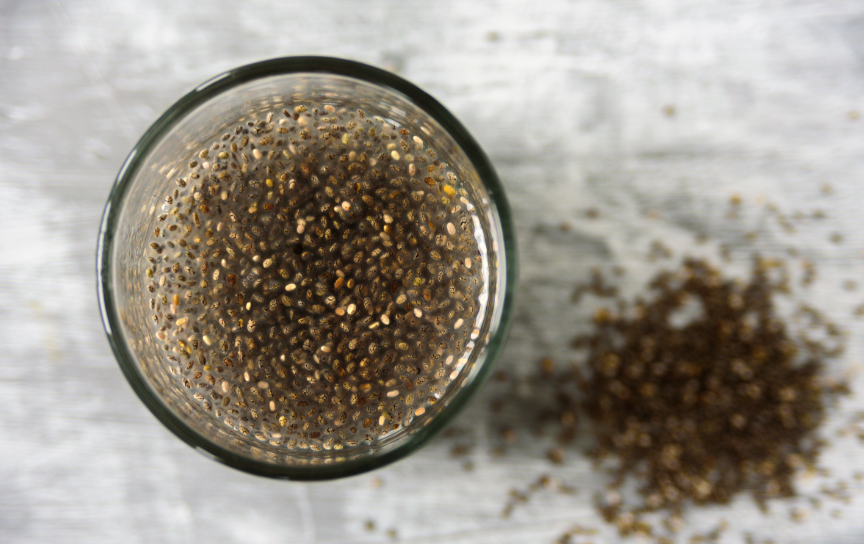For garden beginners, ensuring the germination of seeds is a major concern. Seed germination is the starting process for every crop that will eventually lead to the success of a whole new garden. Imagine different varieties of seeds being gathered in your own garden. Definitely, germination is a complex process, but this article aims to help you!
This article will discuss the different factors affecting your seed germination such as water, temperature, aeration, light, pests and damages. It will answer the questions: How does these factors affect the germination of your seeds? What can we do to control these factors? What are the practical ways?
A simple test of seed viability will also be discussed in this article. Along with these, we will also answer the question: How should you store your seeds while you are not yet planting them?
The Seed Germination Process

Every seed is composed of three parts: the seed coat, the endosperm, and the embryo. Just to have a quick overview, the seed coat protects the seed; the endosperm is where the food reserves are in; and the embryo becomes the young plant.
Germination is a series of steps that starts with the imbibition of water. When the water goes inside the seed, enzymes are activated. Food reserves are digested and translocated to different parts that will further cause the initiation of embryo growth. The seed coat will then be ruptured and the seedlings will emerge and grow further.
From that process, we can tell that one of the major factors affecting the germination of your seeds is water.
Water

Since water imbibition is the first step in seed germination, it is very critical to manage the amount of moisture around your seeds. A high moisture around your seeds can further lead to molding and can hinder the growth of your seeds.
Let me introduce to you the concept of seed priming. Seed priming can enhance the subsequent germination performance of the seeds by prehydrating and redrying the seeds. This process is used for vegetable and flower seeds to ensure a uniform growth and vigorous germination. It is done by putting the seeds in water for 8 hours. Just make sure not to prolong this because it can further kill the seeds.
In some cases a chemical named polyethylene glycol (PEG) is used for osmotic priming. This is being done to reduce the osmotic potential that will further increase the metabolic activities inside the seeds. This practice will protect seeds against chilling injury during germination at 5-15 degree Celsius.
Temperature
Another factor affecting the seed germination is temperature. The optimum temperature for seeds is 25 to 30 degree Celsius. However, there are some crop species that can tolerate cold or warm temperature. Onions, lettuce, celery and coleus seeds can tolerate a cold temperature while sweet corn, asparagus and tomato requires a warm temperature to germinate as they will not germinate at 10 degree Celsius.
Just an additional trivia, did you know that there are seeds that need to be burned before they will be viable? An example of this is Xanthorrea, also known as black boy or grass tree which is endemic to Australia! Interesting, isn’t it?
Aeration
Oxygen is essential for the growth of the seeds. Let us go through some deeper science here, oxygen is necessary for respiration. Respiration is a process where energy is produced, thus, giving the seeds enough tools to grow.
Aeration is also a factor that is related with water. Considering this, there are some seeds that can germinated readily even there is a thin layer of water. An example of this is rice. But it is important to still take note that in most cases, a stagnant water can result to development of pathogens such as molds, and further, destruction of the seeds.
Light
Have you ever wondered why most of the LED grow lights for crops are reddish to violet in color? You can observe this if you are growing indoor plants. Here is the reason why.
We all know that light has a spectrum. In crop production, we consider red and far-red lights as the essential ones. Far-red lights inhibit seed germination while the red light is the one which promotes the germination. Considering this, it is important to note that white fluorescent lamps are rich in red light, thus it promotes. Whereas, incandescent bulbs are rich in far red light thus inhibiting germination of your seeds.
Pests
Pests that can affect the seed germination are mostly diseases and insects. As what I have mentioned above, molds can conquer your seeds. Aside from this pathogen, damping off can also occur. This is caused by several microorganisms and reddish to brown soft portions in your seedlings start to appear, which attack the lower portion of the stem—affecting the anchorage of your seedlings.
Insects such as weevils and ants can also cause physical and mechanical destructions for your seeds.
Mechanical Damage
These mechanical damages can be caused by handling or as discussed in the previous section, insect pests. Damages to seed coat and even in internal tissues of the seeds can inhibit the germination of seeds. This factor is a reminder to make sure that our seeds are stored in proper conditions.
Storing Your Seeds

The conditions in the storage area of your seeds matter.With that, I have enumerated here the factors that affect seed storage.
1. Temperature
Longevity of seeds increases as temperature decreases. It is important to take note of this rule of thumb: For every 5.6 degree Celsius decrease in temperature, longevity doubles.
2. Seed Moisture Content
Another rule: For every 1% increase in seed moisture, longevity is cut to half. This applied to seed with moisture content of 5-13%. Also, a moisture content above 13% can cause growth of fungi.
Here are the prescribed moisture content at sealed containers. For bean, carrot and celery, the moisture content must be 7%, a moisture of 5% is optimal for broccoli, cabbage, cauliflower, cucumber, eggplant, radish and tomato, and 8% for corn.
3. Relative Humidity
Regarding relative humidity, we need to remember that viability quickly loses if seeds are stored at 80% relative humidity and temperature of 25 to 30 degree Celsius. Whereas, viability is retained at 50% relative humidity and temperature of 5 degree Celsius.
4. Light
Here is a useful tip in terms of light: Seeds in glass should be out of sunlight because there could be heating effects.
5. Respiration
As mentioned earlier, respiration produces energy. Thus when there is respiration, there is a depletion of food reserves, a release of gases and a release of heat that can decrease the longevity of your seeds. Considering this, do not expose your seeds in an open condition with ample oxygen.
6. Microorganism
Always make sure that the place where you store your seeds are free of water because bacteria and fungi can dominate your seeds. Also, ensure that your storage area is free of insect pests such as weevils, beetles and mites. These microorganisms can decrease the viability by releasing toxins.
Testing Seed Viability

Seed viability is the ability of your seeds to germinate and produce normal seedlings. Why do we need to test this? It is necessary because it indicates how the seeds will perform if they were grown in the field or pots and it is also a measure of seed quality.
Here is a way to test if your seeds are viable. The most common way to test this is by putting the seeds in water. Those seeds that float are not viable and those seeds that sink are the ones viable.
I hope that this guide equipped you with sufficient information to consider in germinating your garden seeds. Enjoy your growing journey!
If you are looking to start your garden, check out the links in the description for our recommended books and audiobooks.
Don’t forget to download the free ebook too.
Backyard Gardening Book (paperback)
Backyard Gardening Book (audiobook)
Urban Gardening Book (paperback)
Urban Gardening Book (audiobook)

